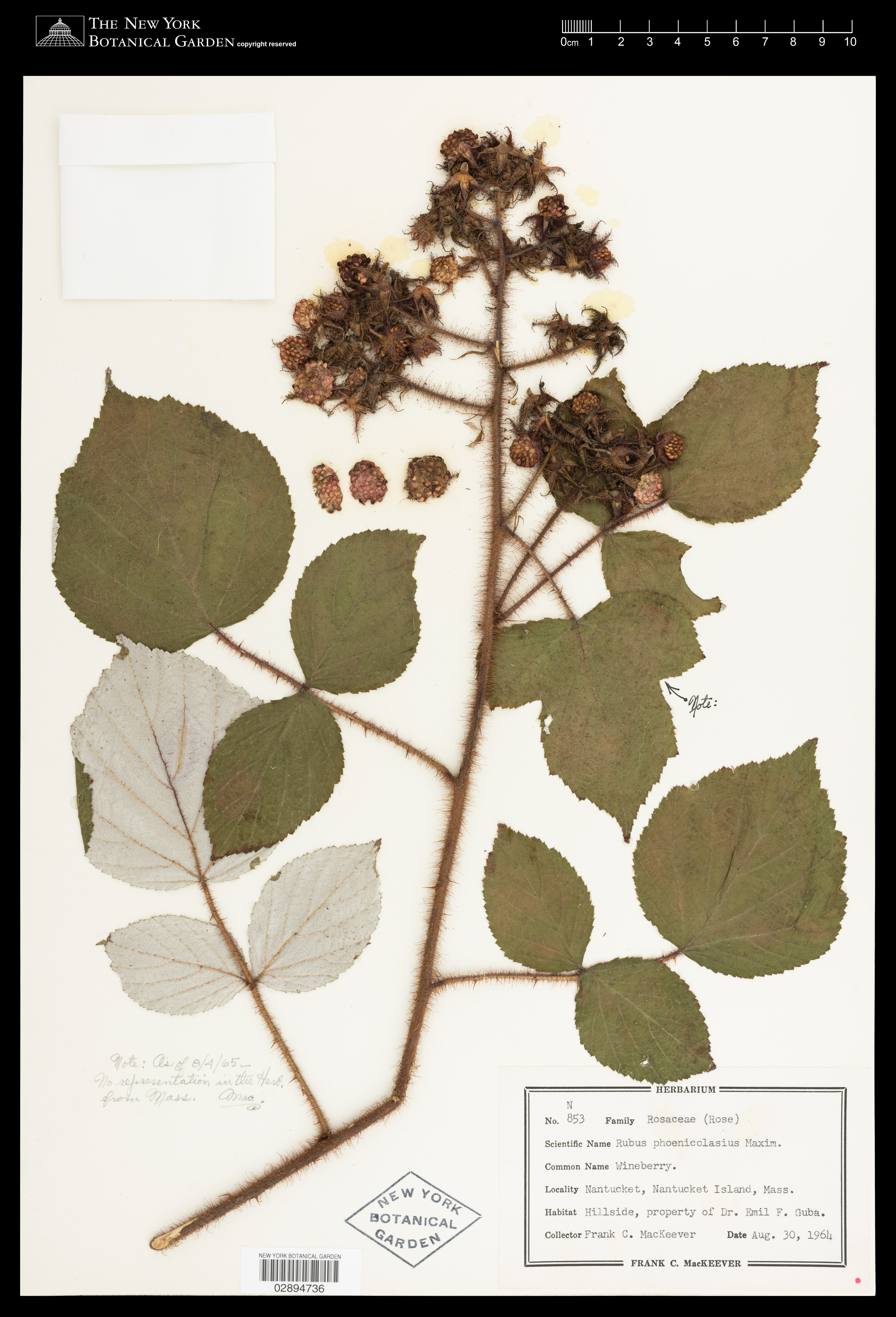By Amy Weiss
Apr 22 2023
Flowering plants differ from all other plants by producing seeds within fruits; which both protects the developing seeds and facilitates seed dispersal. Fruits of many plants are nutritious and are consumed by animals, who often help the seeds disperse by transporting them away from the parent plant. The flowering plant family Rosaceae, the rose family, is especially valued by humans as it provides us with an extraordinary diversity of fruits that we cultivate, like almonds, apples, apricots, blackberries, cherries, hawthorns, loquats, peaches, pears, plums, quinces, raspberries, rose hips, and strawberries.
Unlike in some flowering plant families whose members make similar fruits of the same type, the Rosaceae is unique because the species produce several distinctive types of fruit. In addition to dry fruits (achene, follicetum), many different types of fleshy fruits are made within Rosaceae like drupes (with a hard central stone and a single seed: cherry, peach, plum) and pomes (with a relatively soft core and multiple seeds: apple, pear). Some are aggregate fruits, such as drupetum (a group of drupelets, loosely attached to a central structure: blackberry, raspberry). Others are accessory fruits where the fleshy part we enjoy includes floral parts in addition to the ovary—in strawberries it’s the enlarged receptacle of a flower that turns red and sweet.
The Rosaceae is most diverse in the temperate Northern Hemisphere and many tasty members of this family are native to North America and often cultivated by Indigenous groups. For example Prunus maritima, a species of plum that grows on sand dunes along the northeast coast of the United States, produces a fruit important to a number of Indigenous peoples including the Lenape, upon whose ancestral homeland the New York Botanical Garden is located.
Enjoy these cherry-picked specimens that highlight some of the delicious fruit of the rose family.


















